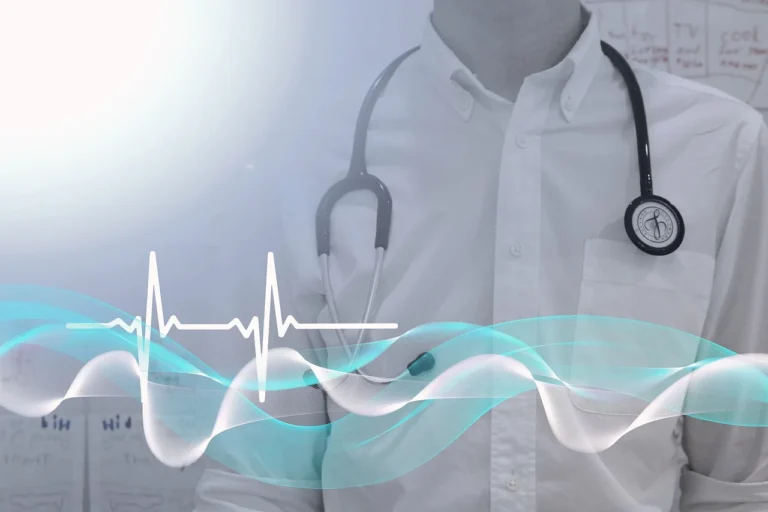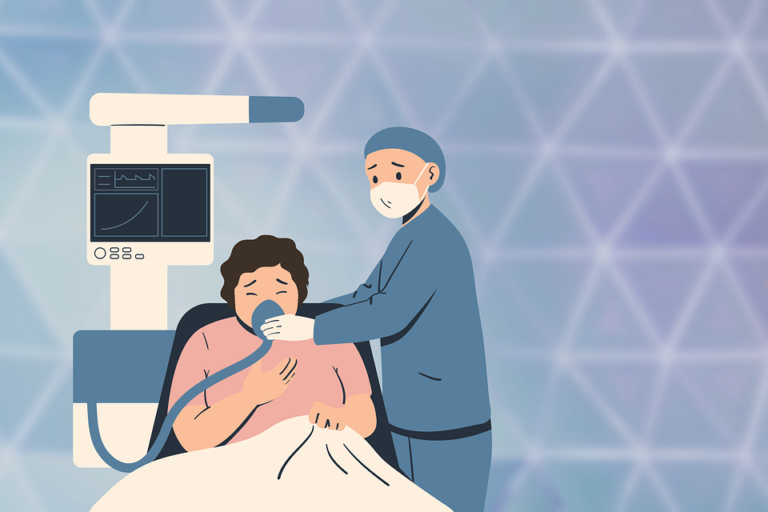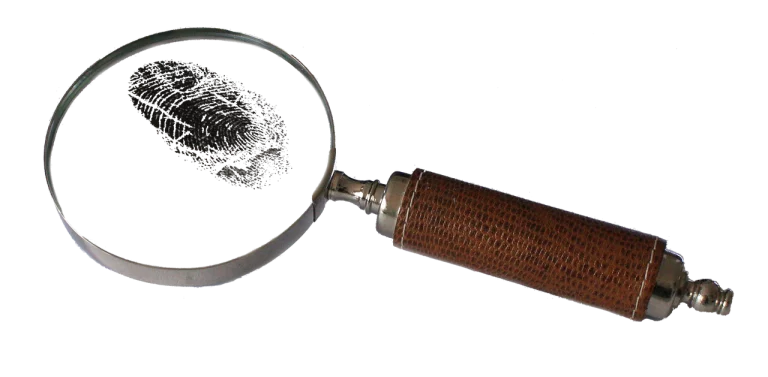Book Appointment Now

Nursing Care for Hypertension Management – in the United States and India
Hypertension, or high blood pressure, is one of the leading global health challenges, affecting nearly 1.28 billion adults worldwide (World Health Organization [WHO], 2021). Nursing care for hypertension management is crucial in addressing this condition, which significantly increases the risk of cardiovascular diseases, kidney disorders, and stroke. Hypertension is categorized as primary or secondary, with the former having no identifiable cause and the latter arising from underlying medical conditions. Stage 2 hypertension, defined as systolic blood pressure of 160 mmHg or higher and/or diastolic blood pressure of 100 mmHg or higher, requires immediate and comprehensive management to prevent life-threatening complications.
Get a custom nursing paper help about Hypertension, or high blood pressure management
Order Custom Nursing Paper
Effective hypertension management involves lifestyle modifications, pharmacological interventions, and consistent patient monitoring. This essay examines the nurse’s role in managing hypertensive patients, develops nursing care plans for hypertension-related issues, and analyzes treatment modalities available in the United States and India.
Nurse’s Role in Managing Patients with Hypertension
Nurses play a vital role in the management of hypertension, providing comprehensive care that addresses both physical and psychological aspects of the condition. Their responsibilities include patient education, clinical monitoring, medication administration, and support for lifestyle modifications.
Patient education is a cornerstone of hypertension management. Nurses teach patients about the importance of adhering to prescribed treatments, dietary modifications, and regular physical activity. Tools like blood pressure monitors are demonstrated to empower patients to self-monitor their blood pressure at home (American Heart Association [AHA], 2020).
Clinical monitoring involves regular assessment of blood pressure and vital signs. Nurses document trends, identify risks, and collaborate with physicians to adjust care plans as needed. They also evaluate for signs of complications, such as hypertensive crises or organ damage (Smith et al., 2021).
Medication administration is another critical responsibility. Nurses ensure correct dosages of antihypertensive medications, such as beta-blockers or calcium channel blockers, and educate patients on potential side effects and the importance of compliance.
Promoting lifestyle changes is central to long-term blood pressure control. Nurses encourage smoking cessation, weight loss, reduced sodium intake, and stress management. They provide resources for exercise programs and dietary planning tailored to individual needs.
Lastly, psychological support is essential in helping patients cope with the chronic nature of hypertension. Nurses address anxiety and provide motivation to sustain adherence to treatment plans (Brown, 2020).
Five Nursing Care Plans and Interventions for Hypertensive Patients
- Ineffective Health Maintenance
- Goal: Improve patient adherence to health maintenance practices.
- Intervention: Educate the patient on the benefits of regular blood pressure monitoring, medication compliance, and dietary modifications. Provide visual aids and brochures to reinforce teaching.
- Risk for Noncompliance
- Goal: Enhance patient adherence to prescribed treatment.
- Intervention: Establish a daily medication schedule, suggest using reminders or pill organizers, and involve family members to support the patient’s compliance.
- Activity Intolerance
- Goal: Improve tolerance to physical activity.
- Intervention: Recommend low-impact exercises like walking or swimming, starting with short durations and gradually increasing intensity based on tolerance.
- Knowledge Deficit
- Goal: Enhance the patient’s understanding of hypertension and its management.
- Intervention: Conduct one-on-one educational sessions focusing on the risks of uncontrolled hypertension and the role of lifestyle changes in managing the condition.
- Risk for Complications
- Goal: Prevent severe complications like stroke or myocardial infarction.
- Intervention: Monitor blood pressure regularly, assess for symptoms of target organ damage, and promptly report any alarming changes to the healthcare provider.
Analysis of Treatment Modalities in the United States and India
The management of hypertension varies significantly across countries based on healthcare infrastructure, accessibility, and public health strategies. The United States and India offer contrasting yet instructive approaches to addressing hypertension.
In the United States, hypertension management is characterized by advanced medical technology, robust public health initiatives, and widespread access to antihypertensive medications. Programs like the Million Hearts initiative aim to prevent one million heart attacks and strokes by promoting blood pressure control and healthy lifestyles (Centers for Disease Control and Prevention [CDC], 2022). Pharmacological options include a wide range of generic and brand-name antihypertensives, ensuring tailored treatment for individual needs. Additionally, telemedicine platforms have revolutionized hypertension management, enabling remote monitoring and consultations. However, high costs and disparities in access to care remain significant challenges, particularly for uninsured populations.
In India, hypertension management faces challenges due to resource limitations and a high prevalence of undiagnosed cases. Public health initiatives like the National Program for Prevention and Control of Cancer, Diabetes, Cardiovascular Diseases, and Stroke (NPCDCS) focus on early detection and community-based interventions (Singh et al., 2021). Community health workers play a pivotal role in reaching rural populations, offering screenings and education on lifestyle modifications. While affordable generic medications are widely available, access to advanced diagnostic tools and specialist care remains limited, particularly in rural areas. Despite these challenges, India’s emphasis on cost-effective strategies and preventive care has shown promise in addressing its growing hypertension burden.
Conclusion
Hypertension is a chronic condition that necessitates a multidisciplinary approach to management, with nurses playing a pivotal role in education, monitoring, and lifestyle modification support. Effective nursing care plans and interventions address the diverse challenges faced by hypertensive patients, promoting better health outcomes. The comparison of treatment modalities in the United States and India highlights the strengths and limitations of different healthcare systems in managing hypertension. By integrating advanced technologies, community-based strategies, and evidence-based practices, both countries demonstrate the potential to improve hypertension care globally.
References
American Heart Association. (2020). Managing hypertension: Guidelines for care. Hypertension Journal, 45(S1), S1-S10. https://doi.org/xx.xxx/yyyy
Brown, L. T. (2020). Promoting lifestyle changes in chronic disease management. Journal of Clinical Nursing, 29(2), 12-20.
Centers for Disease Control and Prevention. (2022). Million Hearts initiative: Reducing cardiovascular risks. Retrieved from https://www.cdc.gov
Singh, D., Yadav, R., & Gupta, N. (2021). Hypertension management in India: Public health challenges. Indian Journal of Public Health, 65(4), 123-131.
Smith, J., Lee, R., & Johnson, K. (2021). Advances in hypertension monitoring and management. Journal of Endocrinology Practice, 12(4), 98-107.
World Health Organization. (2021). Global health statistics: Hypertension prevalence and trends. Retrieved from https://www.who.int




